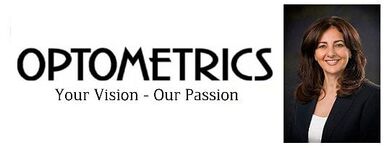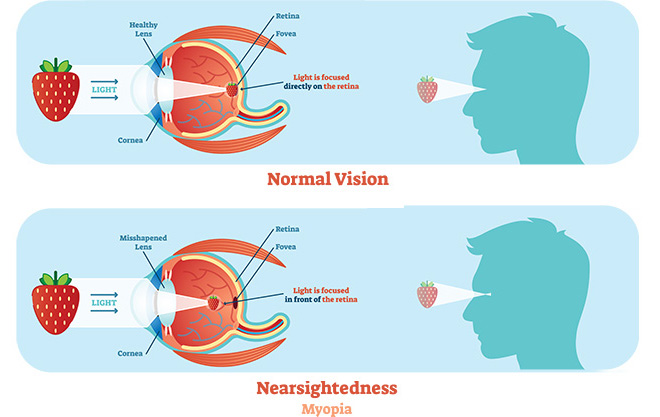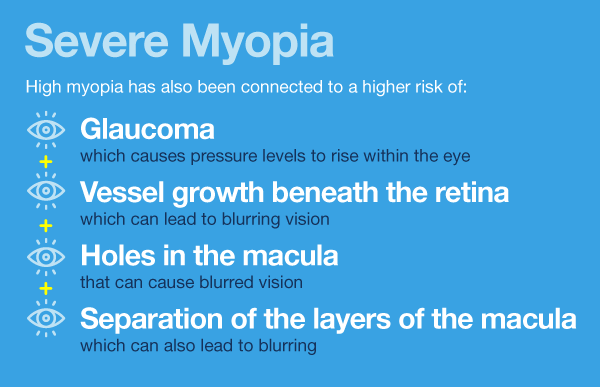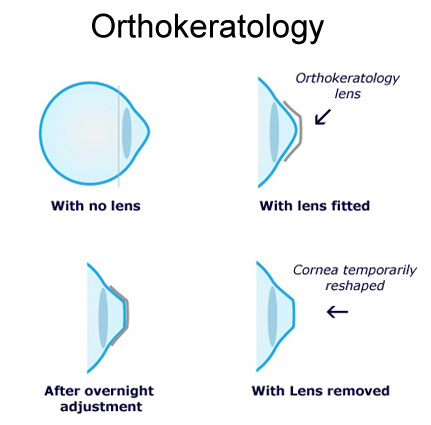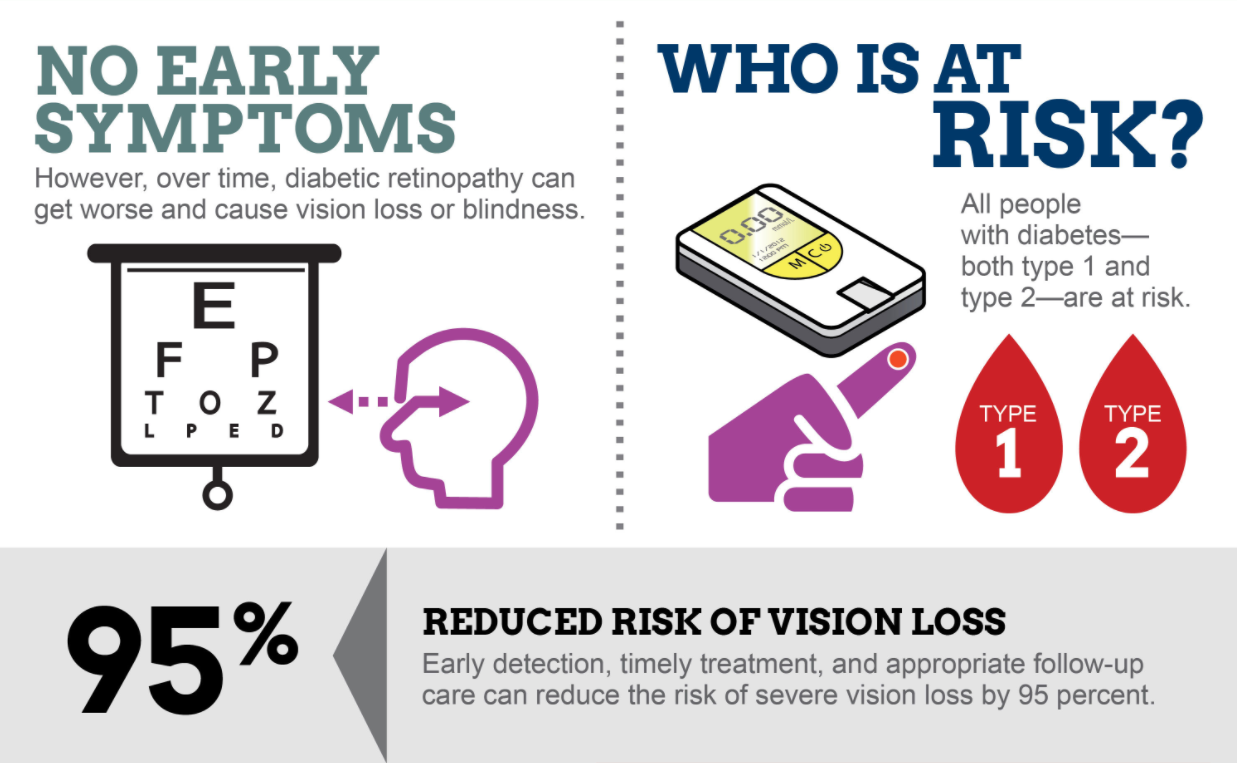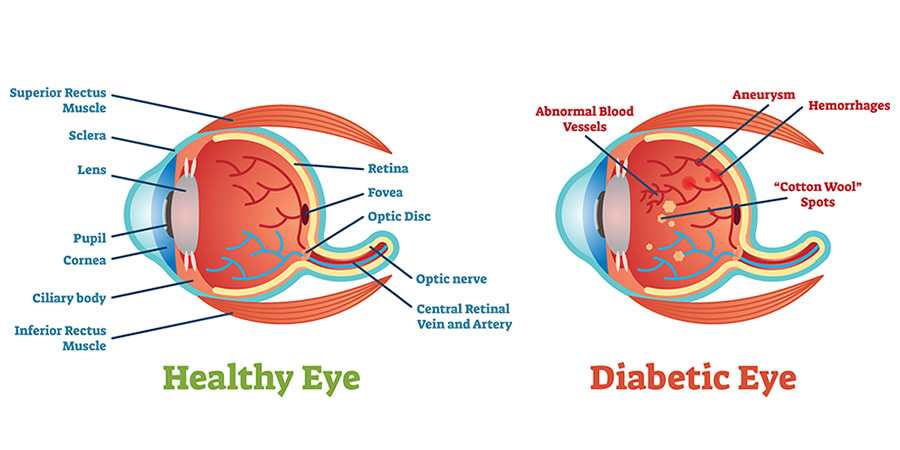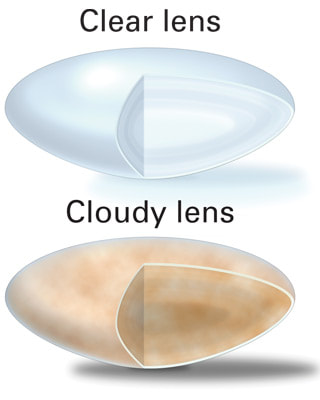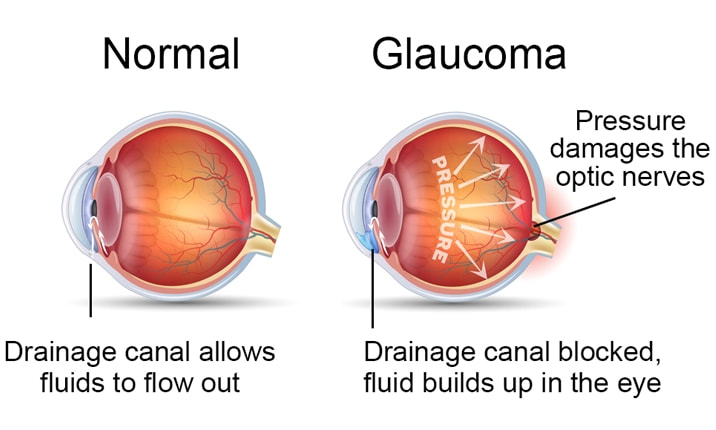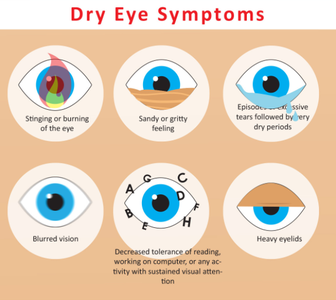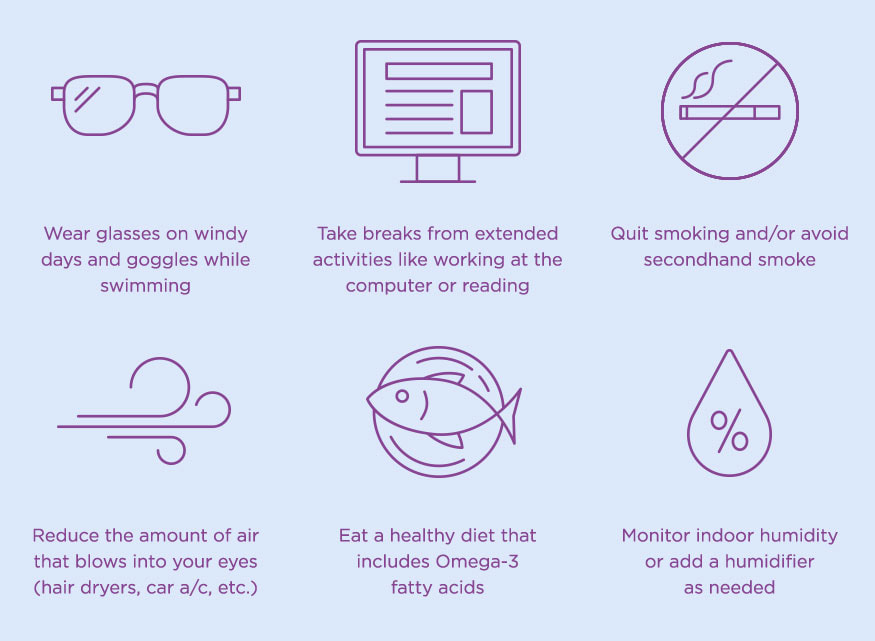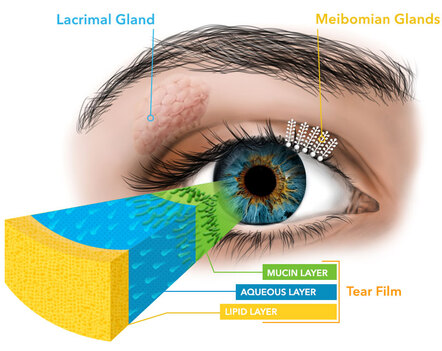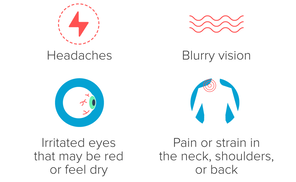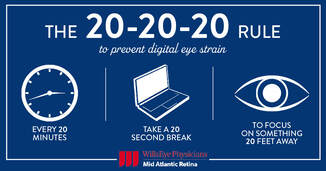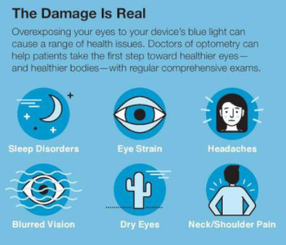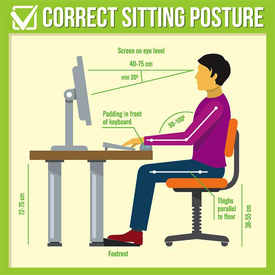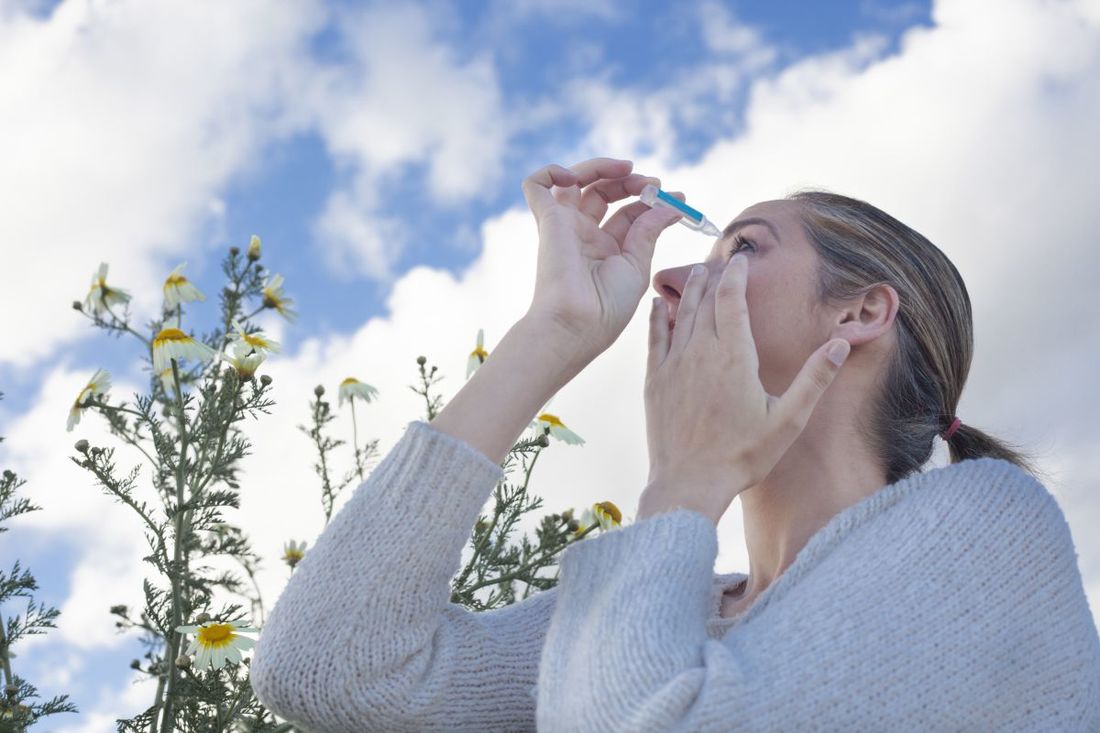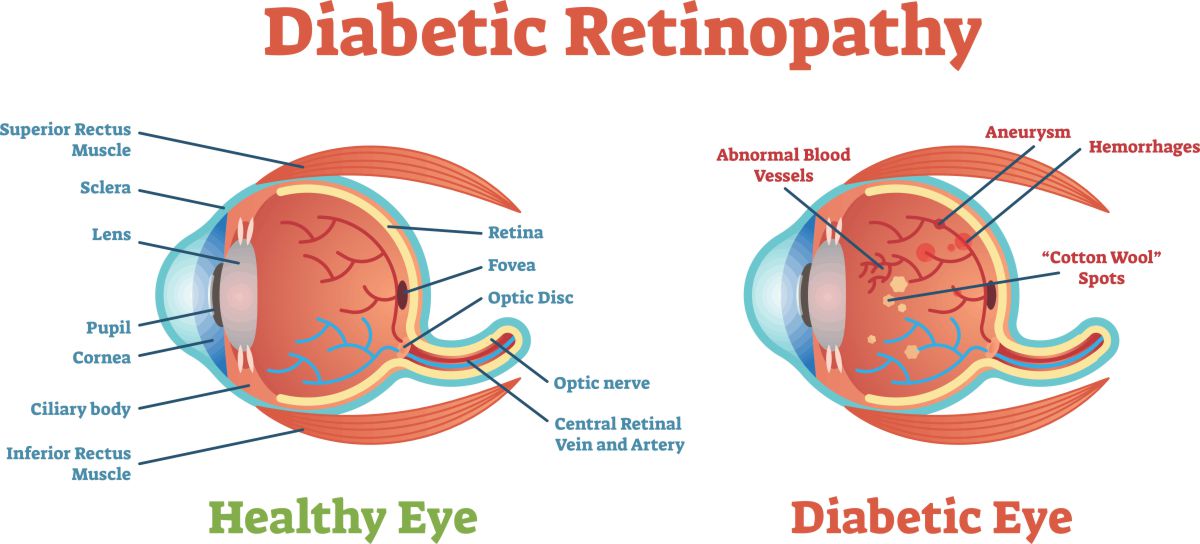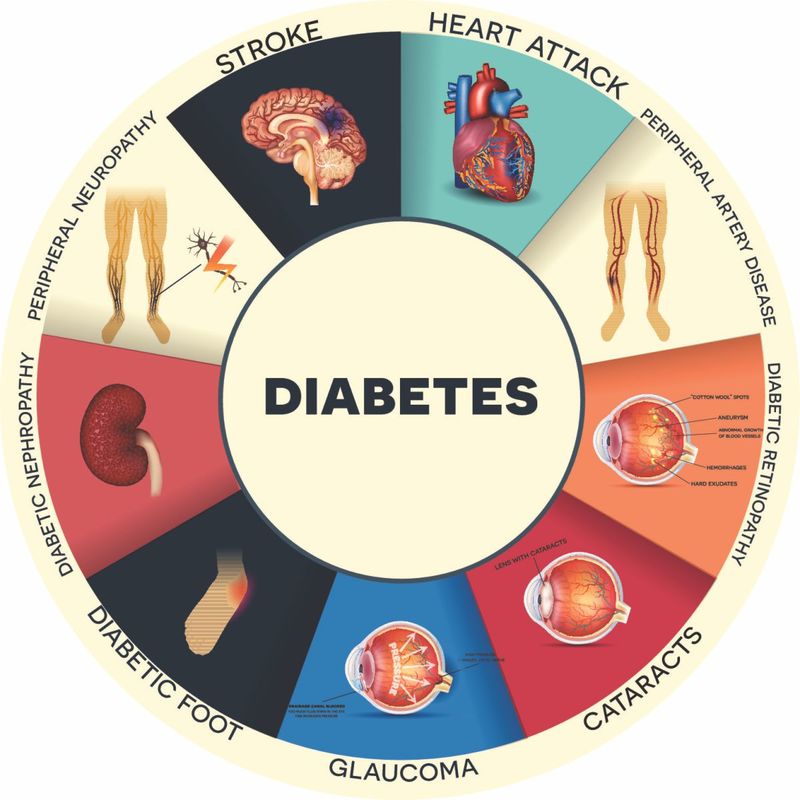Although there are some aspects of health that we cannot control, two things you can do to protect your vision are
1) Having a comprehensive eye exam every year (Call (818) 882-9300 before flex $$$ expire at the end of this month!)
2) Having consistent healthy eating habits!
Why is nutrition important for my eyes?
You might have heard that a diet low in sugar and fats, and high in fruits, vegetables, and whole grains is helpful for your heart, but did you know that your eyes also benefit from these same foods?
Similarly to how some heart diseases result when its blood vessels become blocked or damaged, many eye diseases also involve the tiny blood vessels that bring oxygen and nutrients to your eyes. This is why keeping these arteries healthy is so important!
What foods should I incorporate into my diet?
Leafy green vegetables protect your central and detailed vision because they contain antioxidants that help the macula. Some examples include Kale and spinach, along with romaine lettuce, collards, turnip greens, broccoli and peas. |
